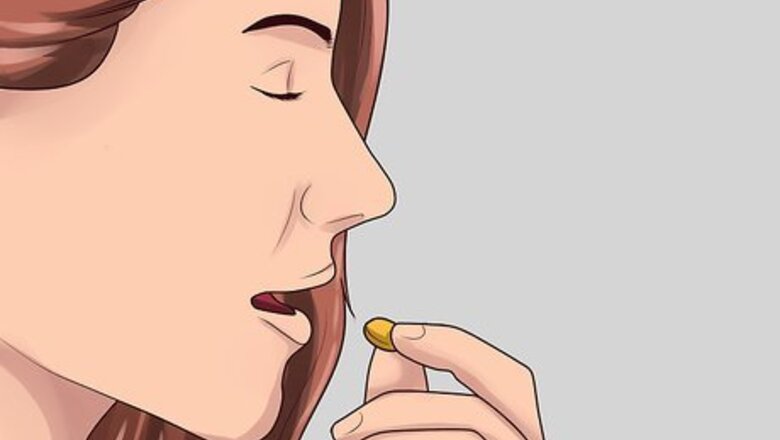
views
Trying Natural Solutions
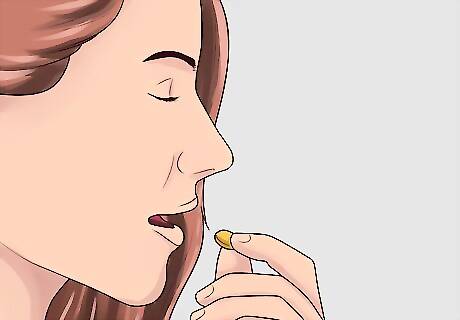
Try taking vitamin C and lysine supplements. There are no conclusive studies stating that vitamin C and lysine get rid of broken capillaries, but some people report seeing a reduction after incorporating these supplements into their daily routine. Before you start taking supplements, consult with your doctor to make sure it's a healthy choice for you. Too much vitamin C can be problematic. If you decide to take supplements, make sure you don't exceed the daily recommended dose.

Rub your face with grapeseed oil. This is a common household product that may help to sooth broken capillaries. The treatment probably won't get rid of the capillaries, but it will sooth dry, thin skin and could reduce them in the long run. Keep in mind, though, that this treatment isn't recommended for oily or acne-prone skin.

Take some vitamin E oil. Vitamin E oil is known to be nourishing to skin. It helps the skin replenish itself, reducing the occurrence of broken capillaries and other signs of damage. Taking vitamin E supplements may help make your broken capillaries less noticeable.
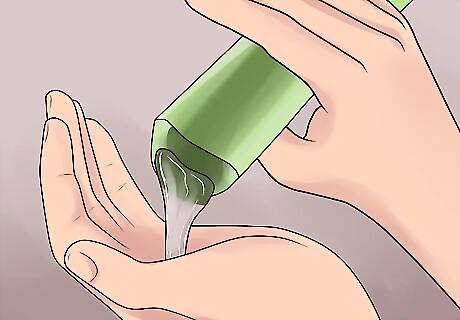
Hydrate your skin with aloe. Aloe soothes sunburn, of course, but it can also help to ease other types of skin inflammation. Be sure to put some aloe on your face after spending time outside in the sun to moisturize your skin and help heal the damage the sun may have caused.
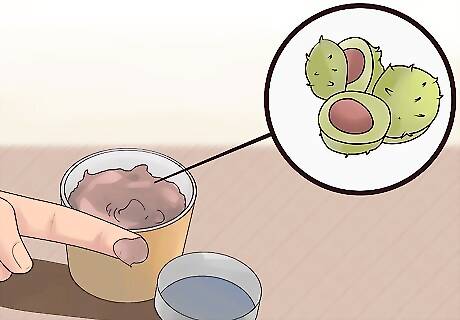
Try a cream with horse chestnut seed extract. This substance is known to help with circulation and improve vascular health. Using a cream that contains it on your face will moisturize your face and improve circulation, reducing the number of broken capillaries you find there. There are no conclusive studies to prove it works, but many have reported seeing results after using this extract.
Receiving Laser Treatment

Talk with a dermatologist about different types of treatment. Laser treatment uses a concentrated beam of energy to heat the capillaries under the skin, targeting each one individually to successfully remove them. Intense pulsed light (IPL) therapy is similar, but targets a broader area. Your dermatologist will work with you to decide which treatment (or combination of both) will be most effective in your situation. When you meet with the dermatologist, ask a lot of questions. Make sure the person has conducted the procedure before with satisfactory results. It's best to choose the dermatologist you go with on someone else's recommendation. Make sure you trust the person to use the procedure that's right for you.
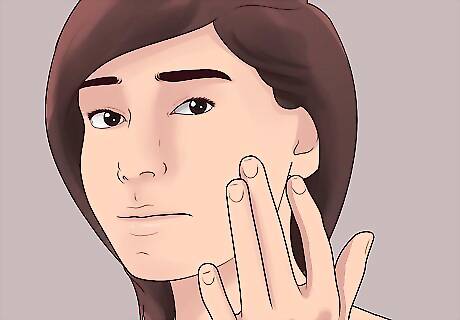
Prepare your skin for treatment. You should not receive these treatments while you have a tan or if your skin is irritated; lasers and IPL target the pigment in capillaries and brown spots, and if your skin is dark in color, they won't be able to "see" the places they're supposed to target. In addition to making sure your skin is as pigment-free as possible, follow any other instructions from your dermatologist leading up to the day of the appointment. Generally speaking, in the days leading up to treatment you should also avoid chemical peels, harsh or abrasive exfoliants, and products with retin-A.
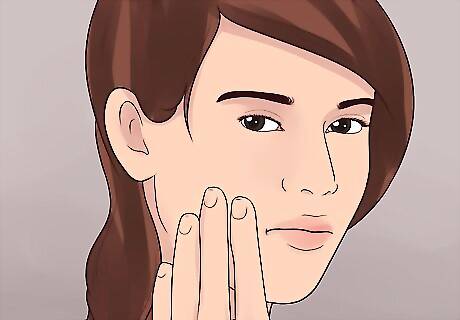
Take note of potential side effects. Both laser and IPL treatments can lead to minor redness and swelling of the skin for several days after treatment. You'll want to schedule your appointment several weeks in advance of important social events so your face has time to return to its normal state. In rare cases, laser and IPL treatments can lead to skin damage and hyperpigmentation. This is more common in people with dark skin than those with fair skin. Be sure to discuss all the possible side effects with your dermatologist before proceeding with the treatments.
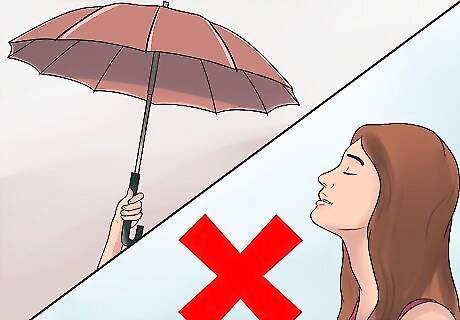
Stay out of the sun after you've undergone the treatment. Your skin needs time to heal after treatment, so you should stay out of the sun for several days. Closely follow the after-care instructions given to you by your dermatologist to ensure your skin heals properly. Be sure to have sunscreen ready at home. Sunscreen should be applied daily and you should avoid excess sun exposure after treatment. Generally, during the first two weeks you want to limit your exposure to around 10 minutes.
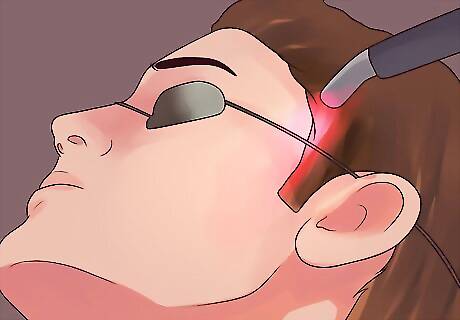
Examine your skin for more broken capillaries. It generally takes three to five treatments to get rid of all of the broken capillaries. If the blood supply to the previous broken capillaries wasn't cut off, or if your skin is especially prone to getting broken capillaries, you may have to get laser treatments every once in a while to clear things up.
Preventing Broken Capillaries
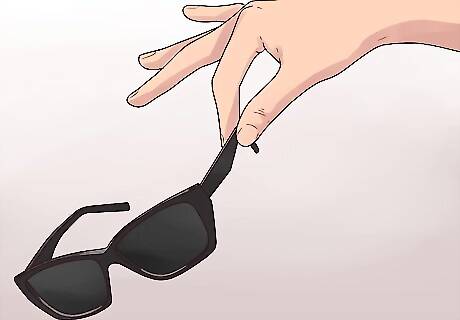
Protect your skin from sun damage. If your skin is fair, thin, or aging, it's especially prone to sun damage. When your skin is weak, capillaries are more likely to become dilated and visible on the surface of your skin. Be sure to wear sunscreen each time you go out in the sun. In strong sun, wear a hat and sunglasses for extra protection. The sun's UV rays can cause damage in the winter, not just the summer. Wear sunscreen all year round. Avoid windburn as well. Wear a scarf around your face if you know you'll be exposed to high winds.

Consume less alcohol. Many have reported that consuming alcohol increases the number of broken capillaries on the skin. The alcohol causes the skin to become red and to swell slightly, leading to a higher instance of damage. Be sure not to overindulge in alcohol, and switch drinks if you notice one in particular causing unflattering results. Red wine, in particular, is said to cause inflammation. If you are particularly prone to broken capillaries, even moderate drinking may cause problems.
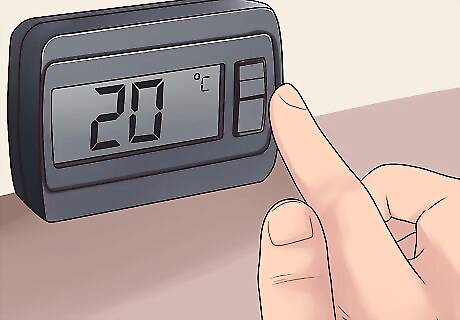
Avoid extreme temperatures. The circulatory system is quite responsive to temperature changes. Your capillaries constrict and expand depending on the temperature, and extreme temperatures can cause more broken capillaries to occur. When you must be exposed to extreme heat or cold, be sure to protect your face so it doesn't come into direct contact with freezing cold or very hot air. At home, keep the thermostat steady so the temperature in your house doesn't rise or fall too much. Use lukewarm water when you wash your face, rather than using very hot or very cold water.
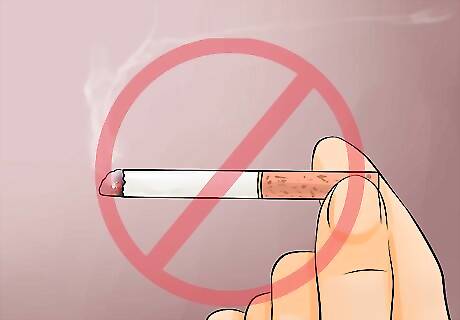
Stop smoking. Smoking weakens your blood vessels, which can quickly lead to broken capillaries. Avoid smoking tobacco products as a part of your daily preventative care. If you currently smoke, consider getting help or joining a support program to quit.

Eat a balanced diet. Incorporate more healthy fruits and vegetables into your diet. Foods high in vitamins C and K are thought to be particularly beneficial to circulation and overall skin health. These include citrus fruit, leafy greens, broccoli, cucumbers, and other fresh fruits and veggies.



















Comments
0 comment